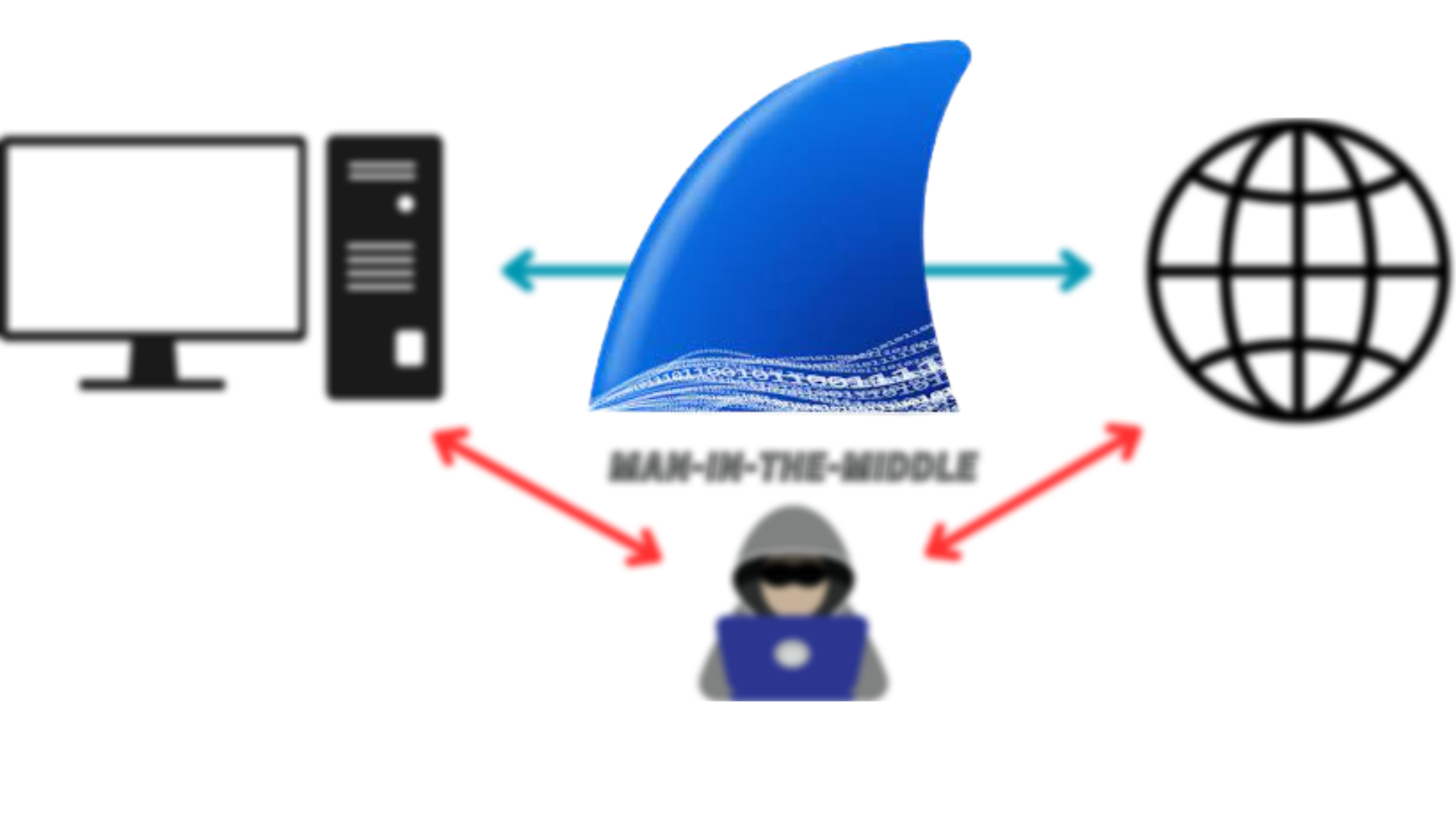
Introduction to Wireshark
Wireshark is a widely-used network protocol analyzer that captures and inspects packets on a network interface. While it's primarily used for network troubleshooting and analysis, it can also be employed in various cybersecurity tasks, including monitoring for Man-in-the-Middle (MitM) attacks.
Understanding MitM Attacks
Man-in-the-Middle attacks occur when an attacker intercepts or alters the communication between two parties without their knowledge. This can lead to eavesdropping, data tampering, or even session hijacking. Detecting such attacks is crucial for maintaining the integrity and confidentiality of data.
Setting Up Wireshark
Before diving into MitM detection, ensure that Wireshark is set up correctly:
- Download and install Wireshark from the official website.
- Launch Wireshark and select the network interface you want to monitor.
- Start capturing packets by clicking on the "Start" button or double-clicking on the desired interface.
Detecting MitM Attacks with Wireshark
Using Wireshark, you can identify potential MitM attacks by looking for suspicious patterns or anomalies in the captured packets:
- Filter for ARP (Address Resolution Protocol) packets by entering "arp" in the filter bar. Look for multiple responses providing different MAC addresses for the same IP, which could indicate ARP poisoning, a common MitM technique.
- Monitor for duplicate TCP or UDP packets that might suggest packet injection or tampering.
- Look for unexpected protocols or services running on your network. For instance, if you see unexpected ICMP redirect packets, it might indicate a MitM attempt.
- Use Wireshark's "Follow TCP Stream" feature to inspect individual sessions for anomalies or unexpected data.
Example of Detecting ARP Poisoning in Wireshark
ARP Poisoning is a common technique used in MitM attacks. Here's how you can spot it using Wireshark:
Regular ARP Response:
Source: 192.168.1.2
Destination: 192.168.1.1
Protocol: ARP
Info: 192.168.1.2 is at 00:1a:2b:3c:4d:5e
Suspicious ARP Response:
Source: 192.168.1.2
Destination: 192.168.1.1
Protocol: ARP
Info: 192.168.1.2 is at aa:bb:cc:dd:ee:ff
In the suspicious ARP response, the MAC address for IP 192.168.1.2 has changed, which could indicate an attacker is trying to associate their MAC address with that IP to intercept traffic.
Defending Against MitM Attacks
While detection is essential, it's equally important to know how to defend against MitM attacks:
- Use encrypted protocols like HTTPS or SSH to protect data in transit.
- Implement static ARP entries for critical devices to prevent ARP poisoning.
- Use VPNs for secure communication over untrusted networks.
- Regularly monitor and audit network traffic for anomalies.
Conclusion
Wireshark is a powerful tool for monitoring and analyzing network traffic. By understanding the signs of MitM attacks and using tools like Wireshark effectively, security professionals can both identify and mitigate potential risks. Always ensure you have the necessary permissions and adhere to ethical guidelines when conducting tests or monitoring network traffic.